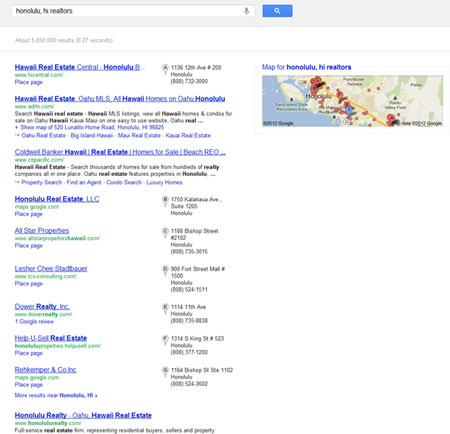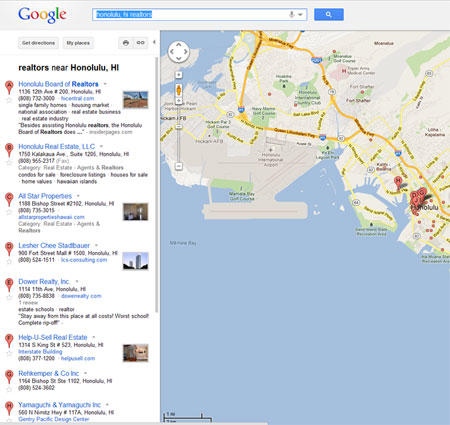(If you’re looking for a topic, here’s your next salesmeeting)
Objections: it’s such an adversarial word! The salesperson presents the product and the customer objects! Says ‘I don’t want that, because . . . ‘ and then the salesperson pulls some magic script from the recesses of his brain that suddenly makes the customer want the product!
Malarkey.
That’s not the way it works at all . . . except in sales training seminars where we practice, drill and rehearse the script over and over again until those almost foreign words flow off the tongue like honey.
Let’s step back from that selling situation for a moment. What is the customer saying when he or she ‘objects?’ How about: I have a question . . . or I’m concerned . . . or I don’t think this is right for me. Sometimes they might be asking for a little encouragement, a little nudge, some reassurance.
It’s hardly the brick wall most sales trainers insist we must break through in order to WIN! Remember, if your goal with your customer is to WIN, that means somebody else has to lose; and what kind of business will you be building if your goal is to make losers out of all your customers?
Your customer is your partner. You are working together on a project – your customer’s project, be it buying or selling a home . . . or both. You’re in the equation because of the valuable knowledge and experience you have in real estate and it’s the customer who recognizes that and pulls you in. Winning to you has nothing to do with sales quotas, your income or anybody else losing. It has to do with your customer achieving his or her goals. That’s a good win.
How you respond to customer questions and concerns, however, is important and will have quite an impact on how many customers you are able to successfully serve in your career. The best response to any concern is truth as you’ve observed it in your career, not some magical canned response. For this reason, the most effective responses are based on research and data and/or your own experience.
In the listing consultation you are likely to encounter questions and concerns in several areas:
The sign: The sellers may not want to broadcast the fact that they are selling to the neighborhood. Ultimately this is their choice, but you owe it to them to explain how much it will impact the marketing effort. Knowing – really knowing – exactly what % of buyer inquiries into your office come from signs is a critical piece of information to take with you on a listing consultation. Weighing the cost of not having a sign versus the benefit of having one is Consultative Selling at its best and has nothing to do with breaking down an objection. It has to do with the seller making a good choice with input from his or her advisor: you.
The lockbox: There could be a number of reasons why a seller might not want a lock box, so job one when this concern is voiced is to drill down a bit. And here is a special phrase, one you will use over and over in your career: ‘Please, help me understand. . . what is your concern with the lock box?’ ‘Help me understand,’ is a good start as is ‘Just to clarify my thinking, tell me why . . .’
It could be they have valuables and they don’t want anyone in the house unless they are there . . . in which case, the issue really isn’t the lockbox, it’s the valuables and how we can get them picked up and put away for the duration. Maybe they’re concerned that the cat could get out or the dog could misbehave, in which case, again, it’s not about the lockbox, it’s about making appropriate arrangements for the pets while the house is on the market. Knowing to the decimal point what percentage of your listings are sold by outside MLS brokers (who often use the lockbox) is another key bit of information you must have with you anytime you go on a Listing Consultation. With this knowledge you can help the seller make a good decision.
The Term of the Agreement: You ask for six months and they offer you two. Stop for a moment. Before you get into a tug of war over the calendar, ask yourself, ‘why would they not want to sign a six month agreement?’ It could be they are concerned about being tied up . . . but it could be something else. So first, drill down. ‘Just so I understand . . . what is it that concerns you about the six month agreement?’
Usually this concern has to do with uncertainty. They like you well enough and your program sounds good but they’re not quite convinced and they want an out if it doesn’t work out. If this is the case, first see if you can isolate the part of your consultation that left them uneasy: was it your marketing program, your internet presence, your office location, the size of your staff, your track record in the neighborhood or any one of a dozen other things. Ask: ‘Just so I’m clear, what is it about the program that worries you?’ You may discover that there is a key bit of information you left out or that they didn’t understand and you can clear it up on the spot.
An important stat you need to have with you at the Listing Consultation is the average days on market for similar properties in the area. Pointing out that they are offering you 60 days to do a job that, on average is taking 132 days can be powerful.
Finally, if the problem is general uncertainty, give them an out! Get the six month agreement but amend it so that it can be cancelled with five day’s notice. Of course you’d have conditions with that, but I’ll leave it for you to figure out what they might be.
Price: This is a special and very important concern. But it’s one we’ve already explored in several posts. Go here , here, here, and here, and refresh your memory!
Commission: This is a concern pretty much reserved for ordinary agents and brokers and they have dozens of scripts to justify their lofty fees. But, really: it’s the one concern you probably won’t hear as a Help-U-Sell broker. After all, you are the low cost, set fee alternative to all of that, which is probably why the seller called you in the first place. Still don’t be spooked if he or she asks you to cut your already low set fee. Some people just have to ask and are then fine when the answer is no.
Marketing: Your marketing program is (and should be) largely internet, direct mail and local visibility based. That’s what works today, but your seller may not know it. They may still have the idea that an ad in the newspaper or in a homes magazine will sell their property. Your job here is to educate, to show in black and white what’s happened to print media marketing in the past decade. Start with the local newspaper. Find out what their circulation is and compare that with your metro population. You’ll probably find that about 20% of the households in your area get the paper. Do they really want you to go after that small piece of the market? And that group has expressed no particular interest in buying real estate! They just get the paper! Compare that with a visitor to helpusell.com or any other real estate website. That’s a person who at least has a need!
If there are still homes magazines in your local area, pick one up. Note the date of publication (if you can find it) and the date you got it. Choose an impressive ad – the back cover or a two-page spread in the middle. Go through the MLS and highlight (with a yellow highlighter, you know) every home in the ad that is sold, pending or off the market. The results will probably be impressive – impressive enough to share with a seller who is hung up on print. (Here’s some great information about the reach of print media today)
Are you starting to get the picture? ‘Objections’ aren’t objections at all: they are simply requests for more information. And it is information you should have at your fingertips. Always. Here’s a task: comb your memory banks. What are the most common questions or concerns (objections) you’ve gotten from sellers and buyers in your career? Write them down. Now, ask yourself: how will I respond next time I hear this? What bit of factual data can I have at my fingertips that will help my customer make a better decision. Then go get that information.
By the way, my intent here has been to short-circuit that old adversarial objection thinking: the belief that, somehow, a magical, technique laden script is going to get your customer to do something he or she doesn’t feel good about. It has not been to undermine the sound listening and explaining tools we use when working with customers. Things like saying, ‘Tell me more’ or ‘Help me understand’ when a concern is voiced. Things like checking back to make sure the customer understood what you just offered: ‘Can you see how that would make a difference?’ Even using a true third party example: ‘I worked with a couple last month who had the same concern. We did this and they did that and now they are so happy with their decision.’ These are simply the skills of a good listener.
Effectiveness in this arena – actually, in sales in general – is largely the result of knowing your business . . . and being prepared to document what you know. You bring great value to a transaction, and that value will be understood and underscored by your buyers and sellers if you’ll anticipate their concerns and be prepared to discuss them.



